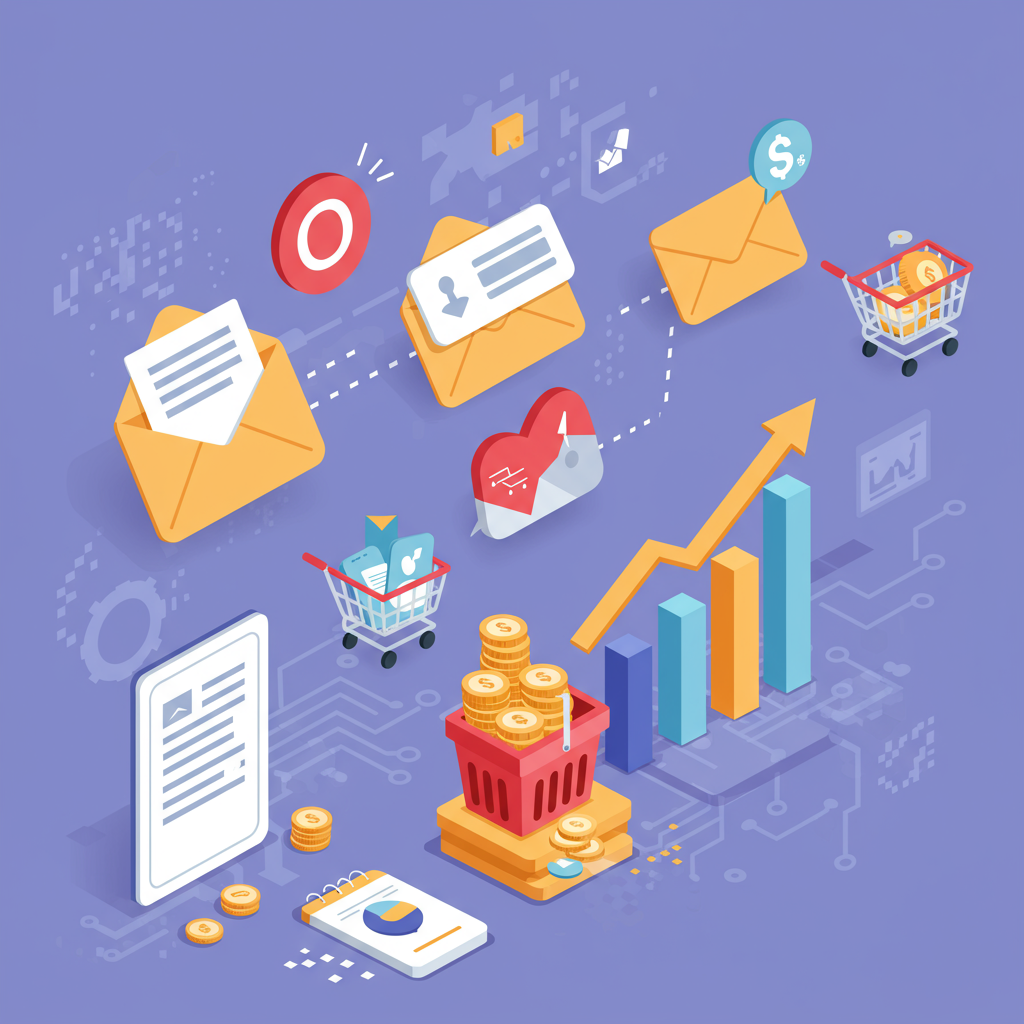Unlock advanced strategies for segmentation, personalization, and automation to supercharge your e-commerce growth.
Hello, fellow Shopify merchants! As we step into 2025, the digital landscape continues to evolve at a breathtaking pace. While new marketing channels emerge, one steadfast pillar remains incredibly powerful and profitable: email marketing.
I’ve seen firsthand how a well-executed email strategy can transform a Shopify store, turning one-time buyers into loyal advocates and significantly boosting your bottom line. It’s not just about sending emails; it’s about building relationships.
For 2025, my focus for you is on sophistication, automation, and hyper-personalization. Generic blasts are out; intelligent, data-driven communication is in. Let’s dive into the strategies that will set your Shopify store apart.
The absolute cornerstone of effective email marketing in 2025 is advanced segmentation. Gone are the days of a single “all customers” list. Your customers are unique, and your emails should reflect that.
I recommend segmenting based on purchase history (first-time buyers, repeat customers, high-value spenders), browsing behavior (viewed specific products, abandoned carts), engagement levels (opened X emails, clicked Y links), and even demographics if you have that data.
Think about creating dynamic segments that automatically update. For instance, a segment for “Customers who bought Product A but not Product B” or “Customers who haven’t purchased in 90 days.” This allows for incredibly targeted campaigns.
Building on segmentation, hyper-personalization is non-negotiable. It’s more than just using a customer’s first name. It’s about tailoring content, product recommendations, and even subject lines based on their unique journey with your brand.
I’m increasingly leveraging AI-powered tools within Shopify-compatible email platforms to analyze customer data and predict their next likely purchase or interest. This allows for truly relevant product suggestions in your emails.
Imagine an email triggered not just by an abandoned cart, but by a customer spending significant time on a specific product page without adding it to their cart. That’s the level of behavioral personalization we’re aiming for.
Automation is where you truly scale your efforts. I call these “set it and forget it” revenue generators, though “optimize it constantly” is more accurate.
Every new subscriber needs a robust welcome series. My advice is to make it more than one email. Introduce your brand story, highlight bestsellers, offer a first-purchase discount, and set expectations for future communications.
This is low-hanging fruit. Your abandoned cart flow should be multi-step (2-3 emails) and include compelling reasons to complete the purchase, perhaps a small incentive, and clear calls to action.
Don’t stop after the sale! A post-purchase series can include order confirmation, shipping updates, product care tips, cross-sell/upsell opportunities based on their purchase, and a request for a review. This builds loyalty.
For inactive subscribers or customers, I always set up re-engagement flows. Offer a special discount, showcase new arrivals, or simply ask for feedback to rekindle their interest.
Your emails shouldn’t just be sales pitches. In 2025, customers expect value. I encourage you to mix promotional emails with content that educates, entertains, or inspires.
Think about blog post summaries, how-to guides, behind-the-scenes glimpses of your brand, customer spotlights, or even curated content related to your niche. This builds trust and keeps subscribers engaged.
Never assume. Always test. I religiously A/B test subject lines, call-to-action buttons, email layouts, send times, and even different offers. Small tweaks can lead to significant improvements.
Focus on open rates, click-through rates, conversion rates, and revenue per email. These are the metrics that truly tell you what’s working and what needs adjustment.
You need a continuous influx of new subscribers. I find pop-ups (exit-intent, time-based) effective, especially when paired with a compelling lead magnet like a discount, exclusive content, or a free guide.
Integrate your email sign-up across all touchpoints: social media bios, website footers, blog posts, and even in-store if you have a physical presence. Consider loyalty programs that reward email sign-ups.
This is critical. I always monitor my sender reputation and ensure my emails aren’t landing in spam folders. Clean your lists regularly, remove inactive subscribers, and avoid spammy language.
Always ensure your email practices are compliant with relevant data privacy regulations like GDPR and CCPA. Transparency and clear opt-in/opt-out options are paramount. I always double-check my consent mechanisms.
Beyond personalization, AI is becoming invaluable for optimizing send times, predicting churn, and even generating email copy or subject line suggestions. I’m excited to see how this evolves further in 2025.
I’ve shared a lot of my insights and strategies for Shopify email marketing in 2025. I’m genuinely curious: what are your thoughts on these tips, and what challenges or successes have you experienced with email marketing for your Shopify store?
Email marketing for Shopify in 2025 isn’t just about sending messages; it’s about crafting a sophisticated, personalized, and automated communication strategy that nurtures leads, converts sales, and builds lasting customer relationships.
By focusing on segmentation, personalization, smart automation, and value-driven content, I’m confident you can unlock unprecedented growth for your Shopify business. Start implementing these strategies today, and watch your email channel become your most powerful revenue driver.






